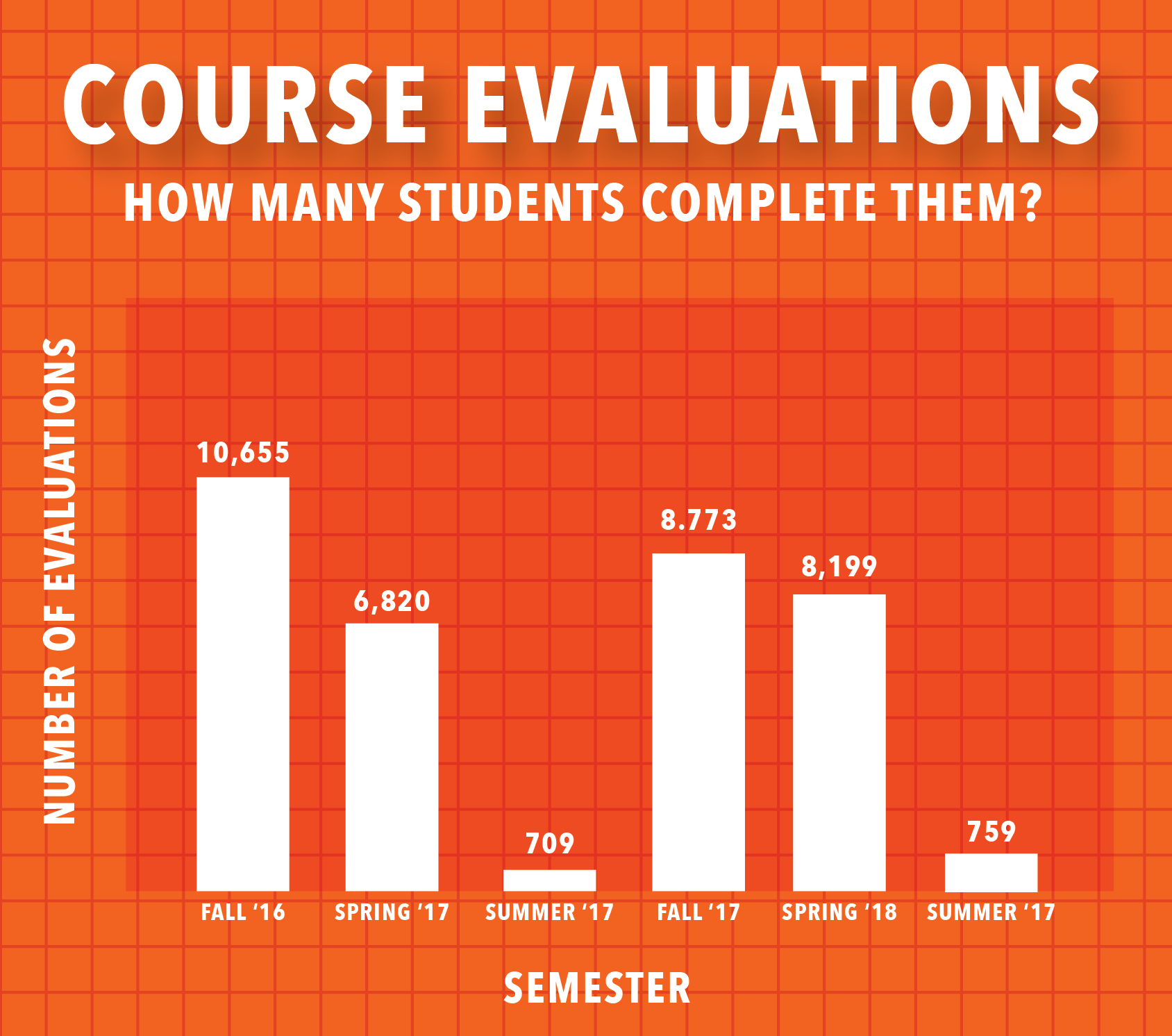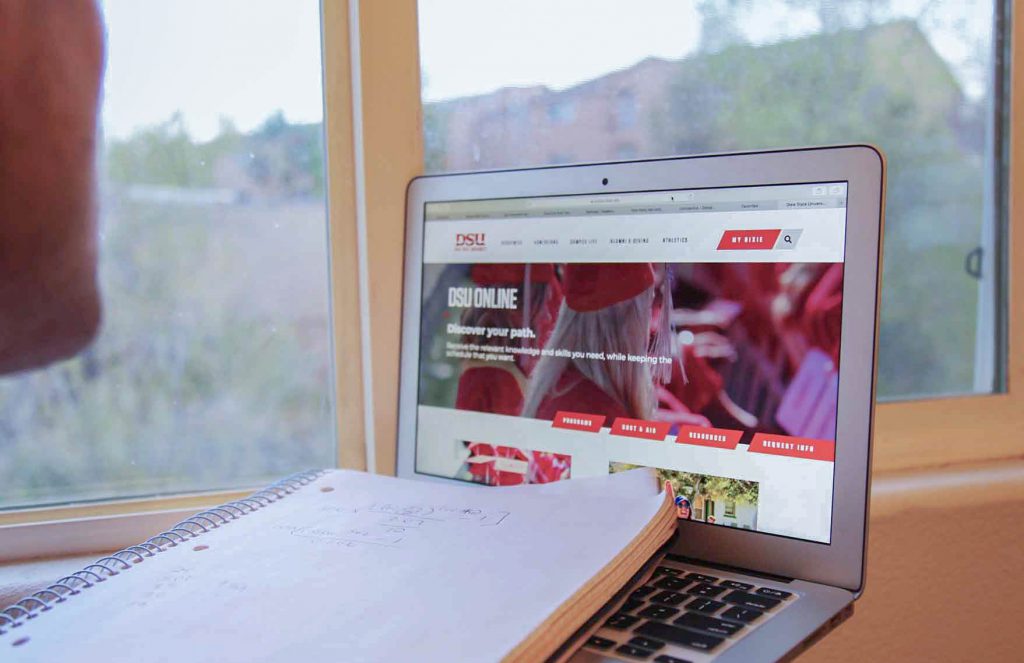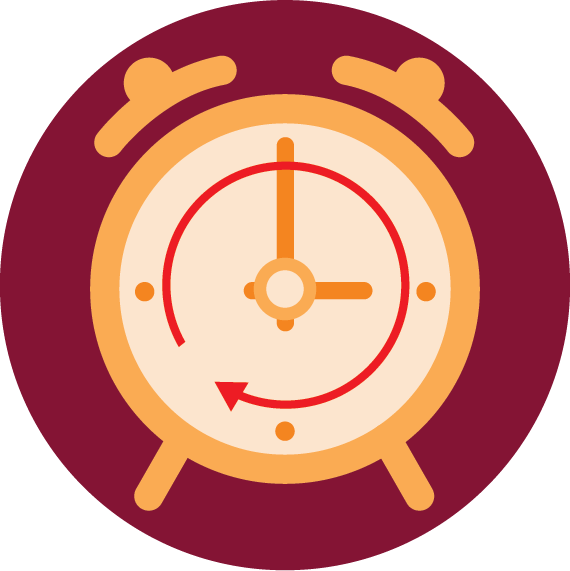Students often hear they should fill out course evaluations at the end of the semester to help gauge faculty performance and improve future classes, but many aren’t filling them out.
Michael Lacourse, provost and vice president of academic affairs, said it helps when students take their time to fill out the evaluations. The evaluations will not affect the students in the classes that semester, but will affect the students that take that course in the future, he said.
Curt Walker, chair of the university faculty review committee and professor of biology, said the course evaluations help professors when they apply for tenure or promotions.
Walker said in previous years there was a larger student return rate and more comments that helped him adjust his classes. He said he thinks that students should fill out course evaluations.
“So, when students say nobody looks at them that’s complete crap,” Walker said. “Believe me, I’ve looked at tens and thousands of them. People do look at them, absolutely.”
More people than professors look at the answers, he said. The answers can add to the professors’ portfolio, help them to be promoted, become tenured or even both in a few cases, he said.
Linda Rogers, associate professor of computer information systems, said the evaluations affect professors’ course prep work. She said the evaluations help professors change their classes for the better.
Only the faculty get the answers of the course evaluations, Walker said. He said after all the finals are done, he looks at the response for trends so he knows what he needs to improve on. He said he takes the comments seriously, and if several students ask for something like a quiz in-between tests, he would see how he could make it happen in his classes.
The answers area analyzed based on a few factors, which include the amount of evaluations returned, the number of students in the class, and the students’ bias, etc., he said.
Lacourse said he is not surprised that the numbers of responses have dropped because students just forget or do not want to fill them out.
In the fall of 2016 there were 10,655 course evaluations returned from students. The number started to drop in the spring of 2017 with only 6,820 students filling them out. The summer of 2017 had 709 returned. The fall of 2017 there were 8,773. The spring of 2018 had even less with 8,199 responses. The summer of 2018 had a small increase compared to last summer with 759 returned. This fall’s evaluations will be counted after Dec. 9.
Rogers said that most students do not fill out their course evaluations and the response rate is getting lower. She said that she thinks students have a fear that the professor will know what the student said, but that the students should not feel that way.
“[The course evaluations] are anonymous,” Rogers said.
Maybe students need to remember or even know that it’s anonymous, she said. The evaluations go through a third party and students’ names are not included, so more students should fill them out, she said.
Lacourse said there are several ways to try and improve how the evaluations are done but that it is a work in progress right now.




